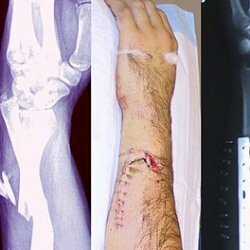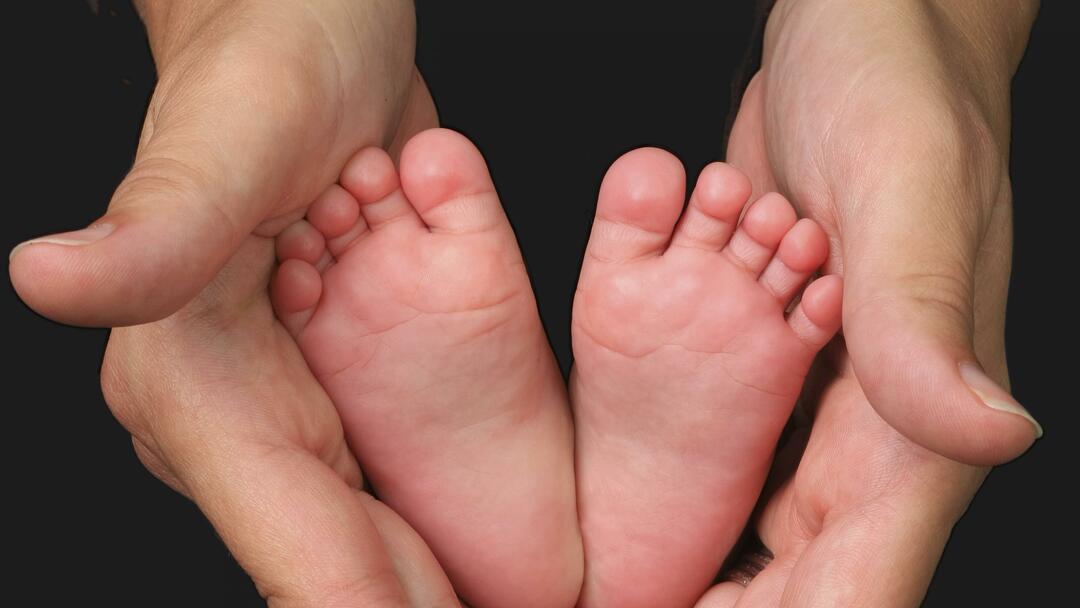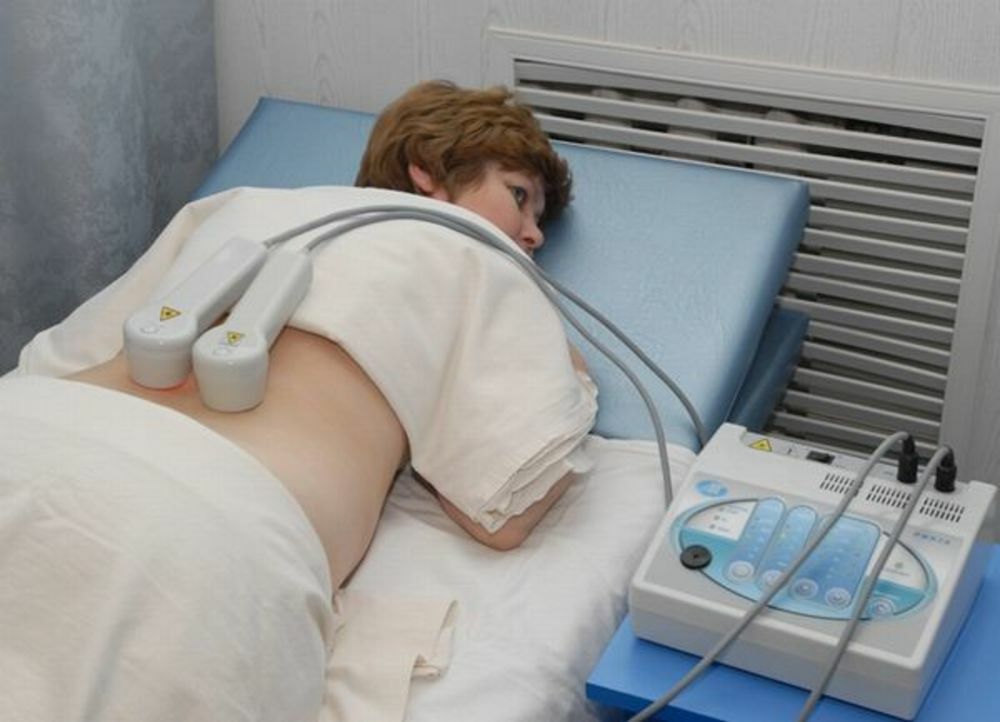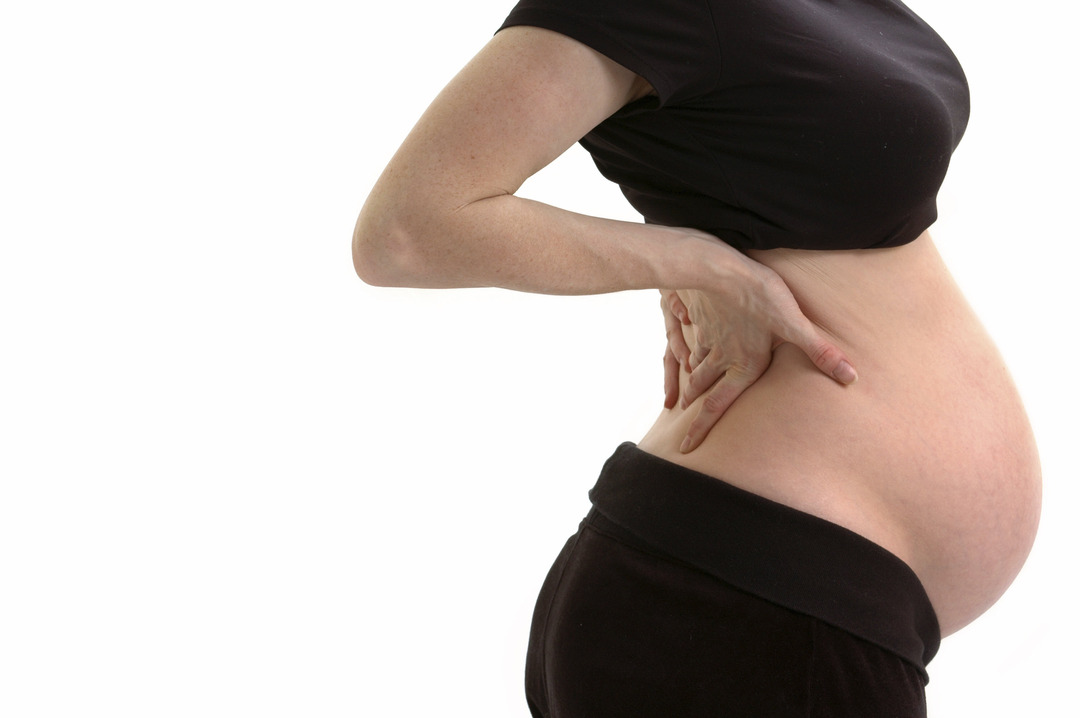Bone fractures and their treatment
 A fracture of the bone is a violation of the integrity of the periosteum or of the entire bone as a result of trauma resulting from a fall, injury, etc. As is well known, fractures can also occur due to the pathological process occurring in the body( swelling of the periosteum, osteomyelitis).
A fracture of the bone is a violation of the integrity of the periosteum or of the entire bone as a result of trauma resulting from a fall, injury, etc. As is well known, fractures can also occur due to the pathological process occurring in the body( swelling of the periosteum, osteomyelitis).
Fractures are closed and open. The latter are characterized by damage not only to the bone and adjacent soft tissue, but also to the skin. With such a fracture, when the bone fragments are directly in contact with the external environment, the risk of infection of the wound is very great.
Symptoms of bone fracture are severe pain in the area of trauma, limb mobility disorder, its deformity, swelling of adjacent soft tissues, abnormal bone mobility, its crunch.
Treatment of bone fractures with traditional medicine
If you suspect a fracture, you must first ensure complete immobility of the injured limb. In the event that ribs, spine or bone in the pelvic region are broken, it is necessary to completely immobilize the injured person by applying a tire, pressing the bandage and placing it on a firm even stretcher and delivering it to the hospital as soon as possible.
If possible, you can give the patient an anesthetic. With an open fracture to the wound, an antiseptic bandage should be applied.
The final diagnosis can only be made by a medical professional after making a detailed medical history and examining the X-ray images of the injured place. In addition, it is also desirable to make the patient general laboratory tests, since in some cases, even with a closed fracture, moderate leukocytosis and an increase in temperature can be observed due to a small inflammation of the soft tissue damaged by the fragments of bone.
Treatment of fracture is as follows. First, doctors perform a reposition, that is, return the damaged bone to its original position, combine the fragments. After this, the bones are firmly fixed in various ways, depending on the degree of complexity of the fracture. Such devices include, for example, Elizarov's apparatus. In most cases, immobilization of the fracture site is carried out with the help of a tight plaster bandage. The time that a patient should spend in a cast depends on the degree of difficulty, the location of the fracture, the age of the patient and the way the treatment is prescribed.
In parallel with patients with a diagnosis of "fracture" appoint ingestion of calcium-containing drugs and various biologically active food supplements to stimulate the regeneration rate of hard and soft tissues of the body. As such stimulants, girudotherapists recommend the use of leeches.
Treatment of bone fractures with hirudotherapy
When applied with plaster, treatment with leeches involves some difficulties because they need to be planted in close proximity to the fracture site or directly above it if the fracture is closed. It is convenient to plant leeches, if the limb is immobilized by the apparatus of Elizarov.
In other cases, leeches can be used during the recovery period after removal of gypsum, when tissue swelling, joint stiffness persist for a long time, or there are complications, for example delayed formation of the callus. In this case leeches can be of great use.
Leeches are planted a few centimeters below the fracture site, on the joint area or directly in the area affected by the bone. One procedure uses three to five leeches. Sessions take place two or three times a week. The full course of treatment is ten to fifteen sessions.
The therapeutic effect is achieved due to the fact that the secret, which is secreted by the salivary glands of the leeches, promotes the microcirculation of blood in the tissues, normalizes the metabolism, which helps their faster recovery.
Based on this, hirudotherapy is also recommended for the prevention of posttraumatic damage to bones and joints, which can be avoided if initially correctly reposition, wound treatment in case of an open fracture.
The patient for his part must strictly observe all the recommendations of the attending physician and, above all, not try to independently disturb the immobility of the affected limb.
Stay healthy!



